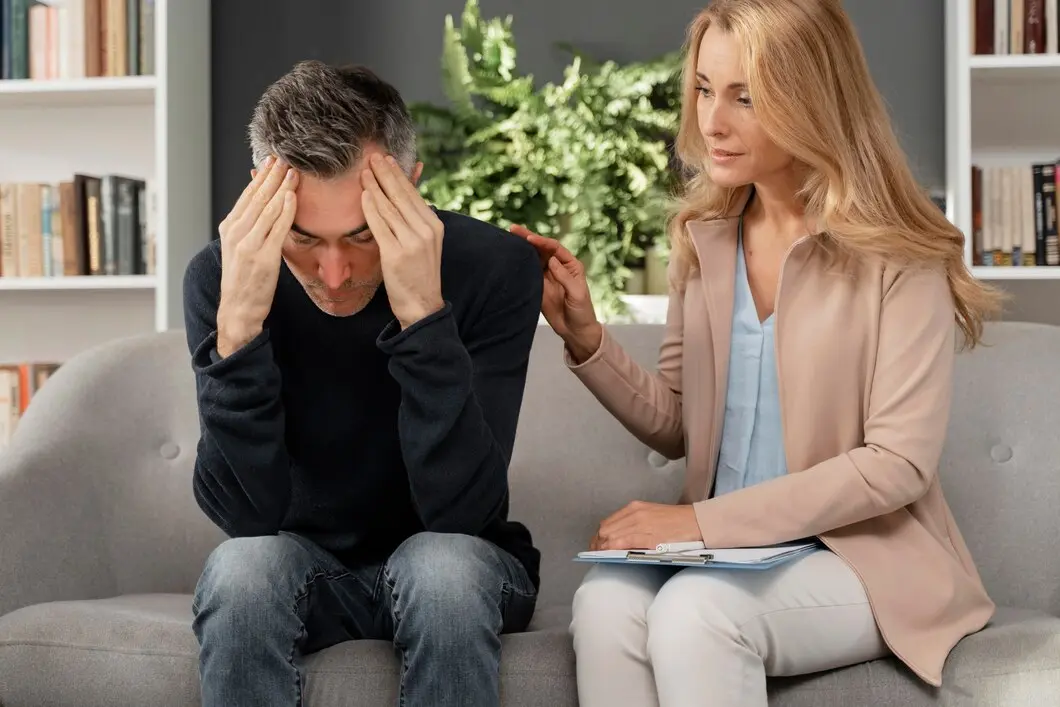Body Dysmorphic Disorder

A persistent preoccupations about one or more perceived defects or flaws in one’s appearance. The defects or flaws appear to be slight to not observable by others.
They keep comparing themselves with others, keep checking in mirrors or try to keep camouflaging to hide their perceived flaws.
Most common concerns are about face and head like skin, shape and size of nose, hair etc. Most common location of perceived defects are:
• Hair(63%)
• Nose(50%)
• Skin(50%)
• Eyes (27%)
• Head, face (20%)
• Overall body build, bone structure (20%)
• Lips (17%)
• Chin (17%)
• Stomach, waist (17%)
• Teeth (13%)
• Legs, knees (13%)
• Breasts (pectoral muscles) (10%)
• General ugly face (10%)
• Ears (7%)
• Cheeks (7%)
• Buttocks (7%)
• Penis (7%)
• Arms, wrists (7%)
• Neck (3%)
• Forehand (3%)
• Facial muscles (3%)
• Shoulders (3%)
• Hips (3%)
Throughout the illness, patients worry about 5-7 different body areas. More than 1/4th patients are concerned with the symmetry of their appearance.
Other commonly associated symptoms include
• Obsessions
• Compulsion
• Touching
• Ordering and arranging
• Counting
• Hoarding and collecting
• Special dress patterns
• Licking
• Spitting
Treatment of patients having body dysmorphic disorder with surgical, dental, dermatological or any medical procedures is unsuccessful.
Treatment includes a combination of medications and psychotherapy or counseling.
